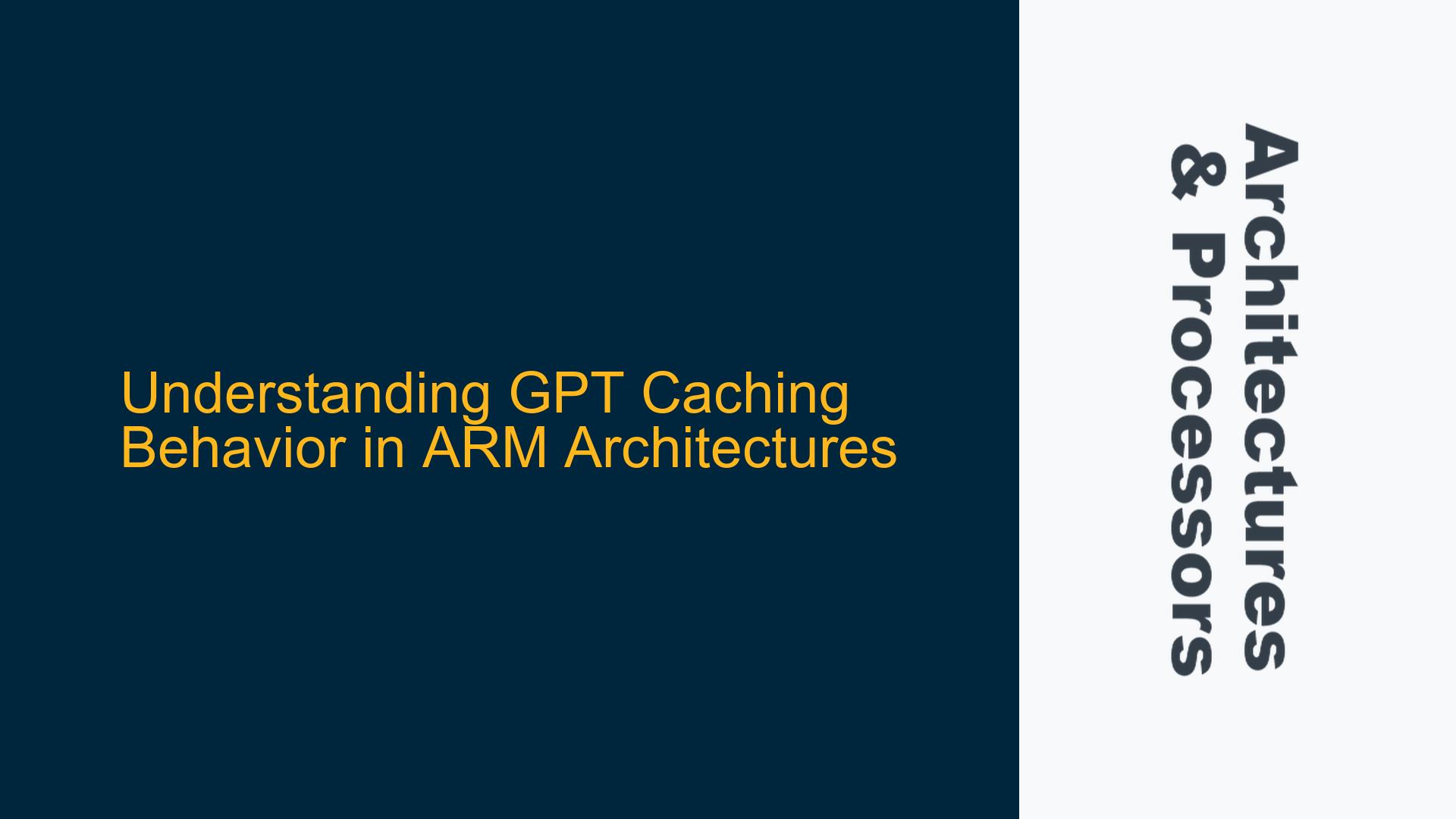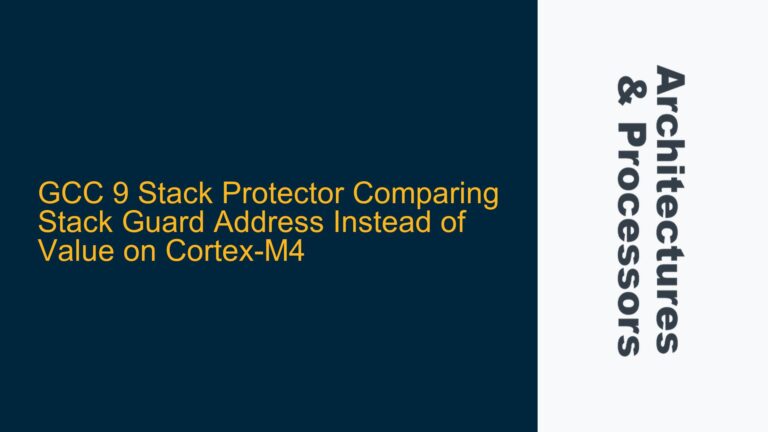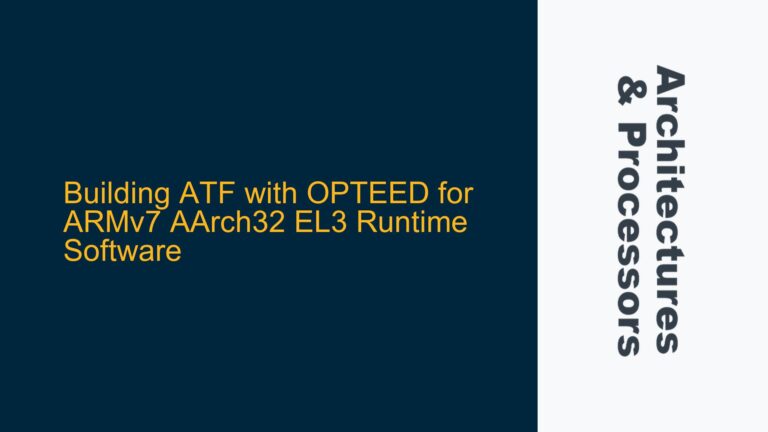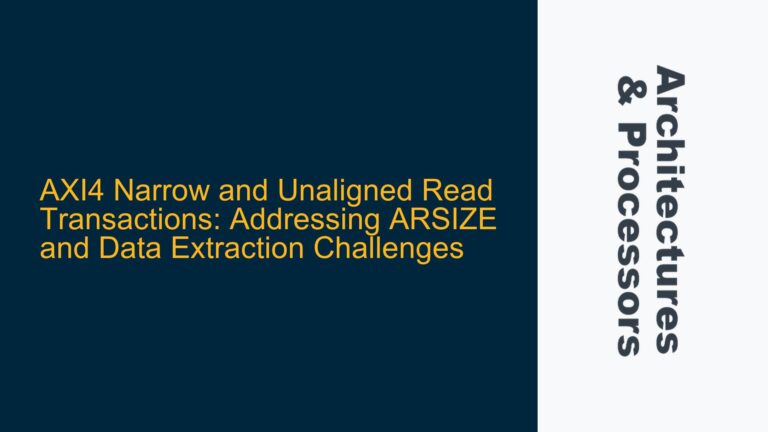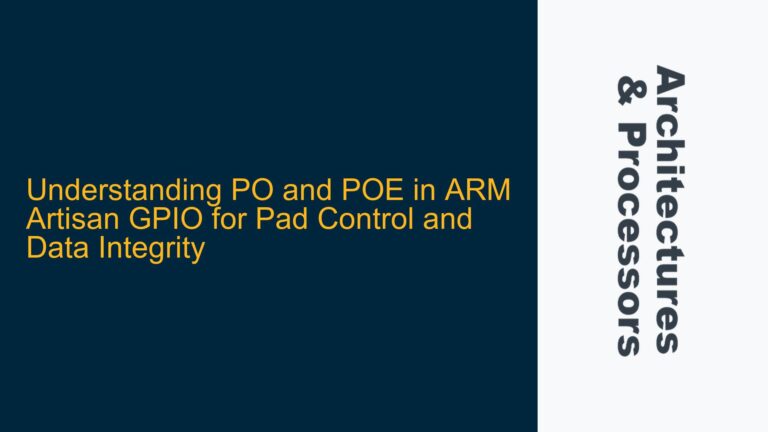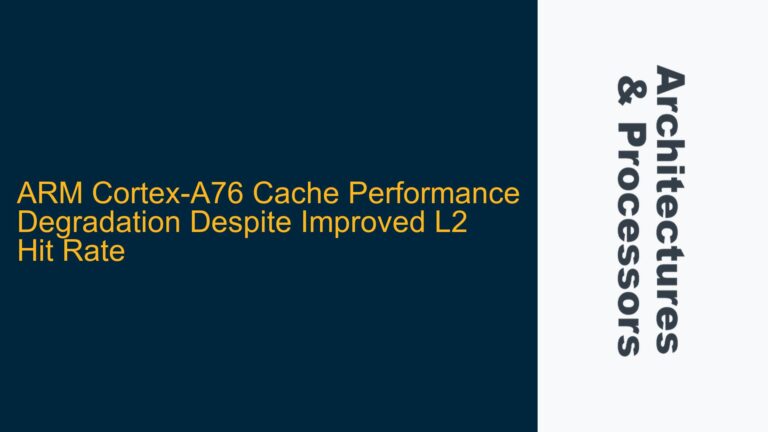ARM GPT Caching Mechanisms and Hardware Implementation Variability
The ARM architecture, renowned for its flexibility and scalability, provides a robust framework for memory management, including the use of Guest Page Tables (GPT) in virtualization scenarios. A critical aspect of this framework is the caching behavior associated with GPT entries, which can significantly impact system performance and consistency. The ARM architecture specification delineates the rules and behaviors for caching GPT entries but does not prescribe a specific hardware implementation. This flexibility allows hardware designers to innovate and optimize cache topologies according to their specific design goals and performance requirements.
The architecture specifies conditions under which GPT entries can be cached and the necessary software interventions to ensure visibility of changes to these entries. For instance, when a GPT entry is modified, software must execute specific operations to invalidate or clean the cache entries to guarantee that all processing elements see the updated entry. This is crucial in multi-core systems where cache coherency must be maintained across different cores.
However, the actual implementation of these caching mechanisms can vary significantly between different ARM processors. Some designs might include a dedicated cache for GPT entries to accelerate address translation, while others might rely on existing caches with specific management strategies. This variability is a deliberate aspect of ARM’s design philosophy, which separates architecture from micro-architecture to foster innovation while ensuring predictable behavior for software developers.
Potential Misconfigurations and Software Oversights in GPT Caching
One of the primary challenges in managing GPT caching is ensuring that software correctly adheres to the architecture’s rules for cache management. Misconfigurations or oversights in software can lead to inconsistencies and performance bottlenecks. For example, failing to invalidate cache entries after modifying a GPT entry can result in stale data being used for address translation, leading to incorrect memory accesses and potential system crashes.
Another potential issue arises from the assumption that all ARM processors implement GPT caching in the same manner. This assumption can lead to software that works correctly on one processor but fails on another due to differences in cache topology and management strategies. It is essential for software developers to understand the specific caching behavior of the target processor and to implement robust cache management routines that account for these differences.
Additionally, the use of virtualization adds another layer of complexity. In virtualized environments, the hypervisor must manage GPT entries for multiple guest operating systems, each with its own set of page tables. Ensuring cache coherency across these multiple layers requires careful coordination and adherence to the architecture’s guidelines for cache management.
Best Practices for Managing GPT Caching in ARM Systems
To effectively manage GPT caching in ARM systems, developers should follow a set of best practices that ensure consistency and optimal performance. First and foremost, it is crucial to thoroughly understand the caching behavior of the specific ARM processor being used. This includes reviewing the processor’s technical reference manual and any relevant application notes that detail its cache architecture and management strategies.
When modifying GPT entries, software must explicitly invalidate or clean the corresponding cache entries to ensure that all processing elements see the updated data. This can be achieved using the appropriate data synchronization barriers and cache maintenance operations specified by the ARM architecture. For example, the Data Synchronization Barrier (DSB) instruction ensures that all preceding memory operations are completed before proceeding, while the Invalidate Data Cache (DC IVAC) instruction invalidates the specified cache entry.
In virtualized environments, the hypervisor must implement robust mechanisms for managing GPT entries across multiple guest operating systems. This includes ensuring that cache maintenance operations are performed consistently across all layers of the virtualization stack. The hypervisor should also provide interfaces for guest operating systems to request cache maintenance operations when necessary, ensuring that changes to GPT entries are propagated correctly.
Finally, developers should leverage the tools and resources provided by ARM to validate their cache management routines. This includes using simulation and debugging tools to verify that cache operations are performed correctly and that the system maintains cache coherency under all conditions. By adhering to these best practices, developers can ensure that their ARM-based systems deliver consistent and reliable performance, even in complex virtualization scenarios.
In conclusion, managing GPT caching in ARM systems requires a deep understanding of the architecture’s rules and the specific implementation details of the target processor. By following best practices for cache management and leveraging the available tools and resources, developers can avoid common pitfalls and ensure that their systems perform optimally. The flexibility of the ARM architecture allows for innovative cache designs, but it also places the responsibility on software developers to implement robust and efficient cache management routines.
